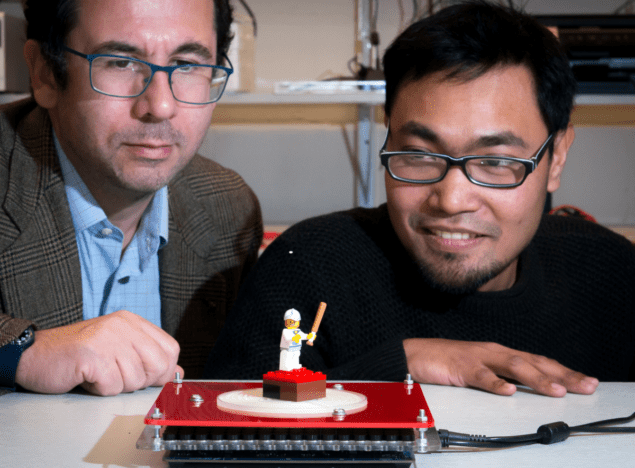Multiphysics simulation charts the migration of harmful proteins in the brain
30 Oct 2018
Computer simulations have reproduced the spreading and accumulation of defective proteins throughout the brain – a process characteristic of several neurodegenerative diseases including Alzheimer’s, Parkinson’s and amyotrophic lateral sclerosis (ALS). Created by US and UK researchers led by Alain Goriely at the University of Oxford, the model can approximate large-scale behaviours of complex neurological processes with surprising accuracy. The team’s work could one day lead to new treatments for neurodegenerative diseases.

Brain cells communicate with each other partly through electrical signals and partly through the exchange of chemical information in the form of complex protein molecules.
































